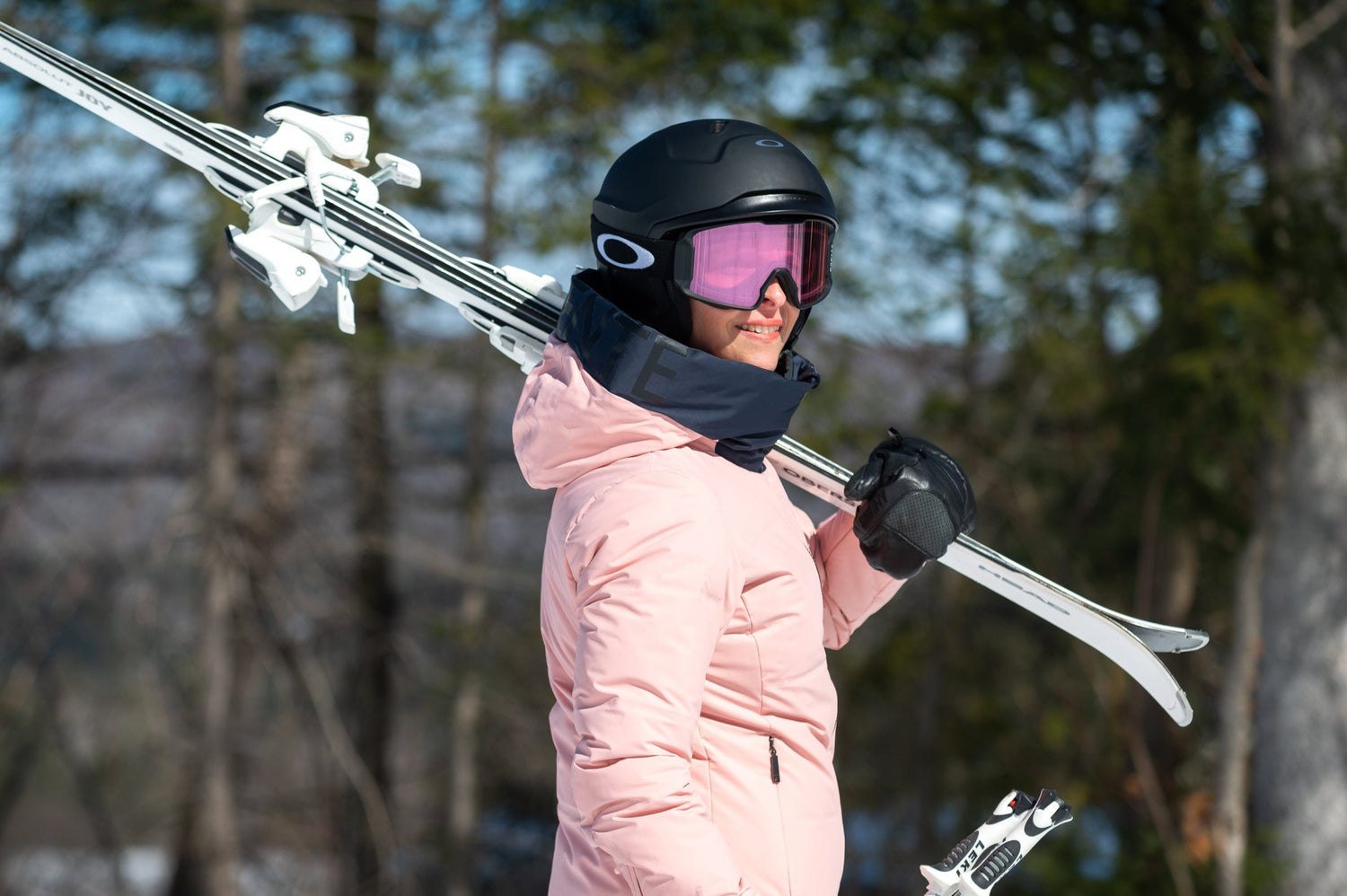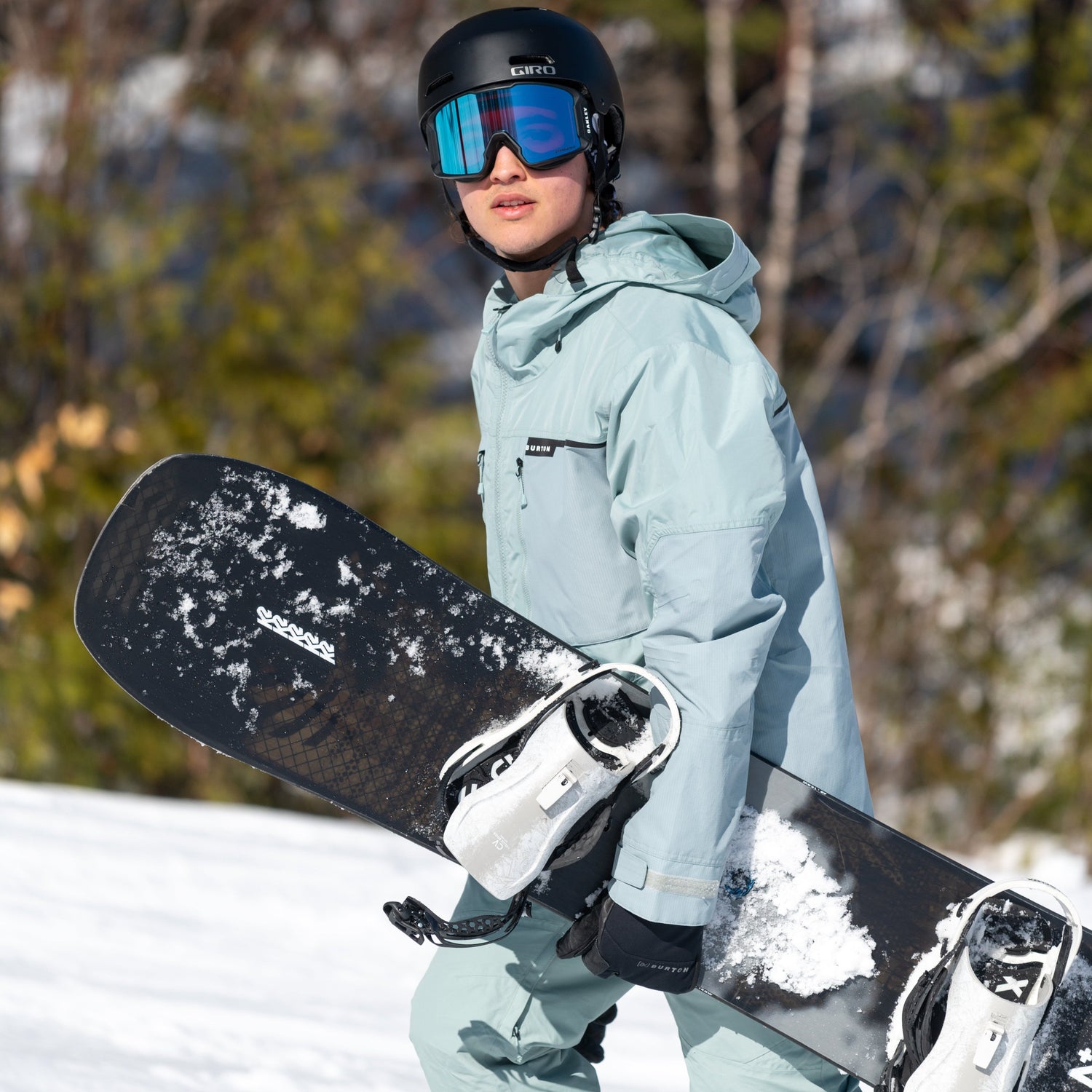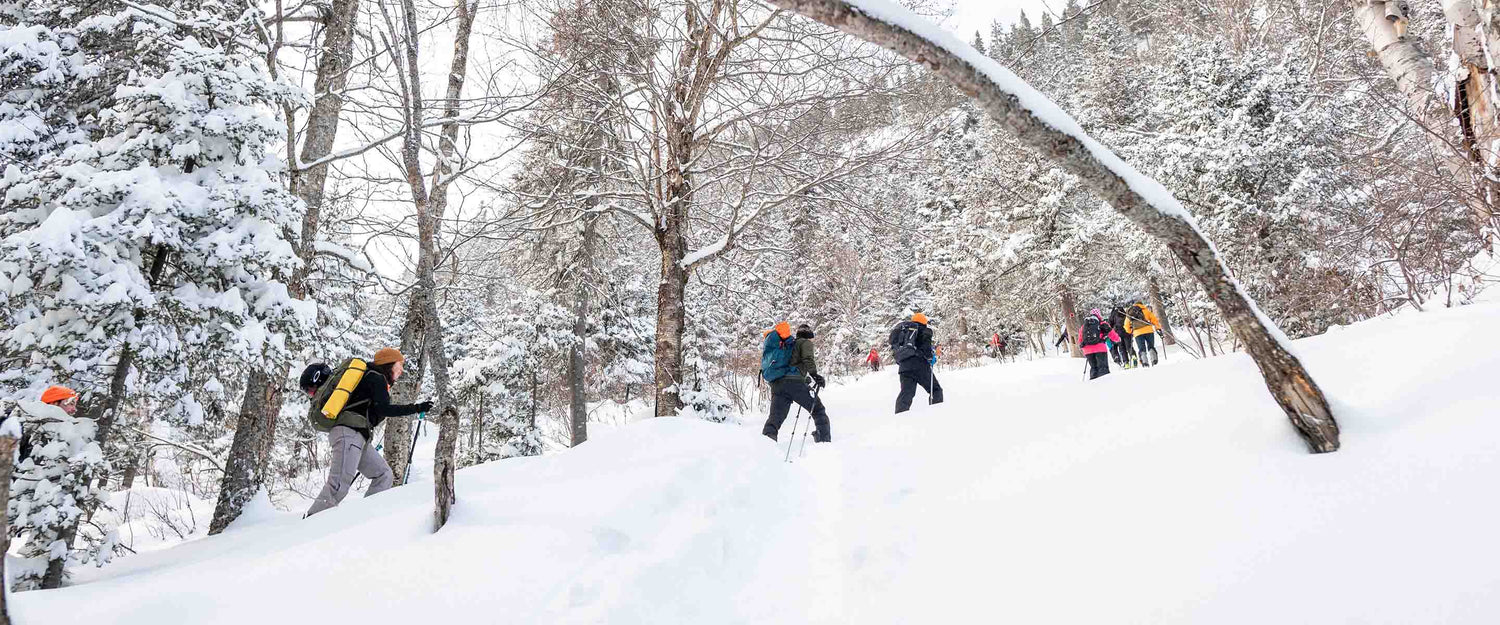A fluffy thirty centimetres of snow fell on the mountain overnight. This is the perfect morning for a “sick day!” A friend just as “sick” as you decides to accompany you. You choose the closest ski area rather than a backcountry outing to enjoy the fresh powder. During the first run, your friend falls and is seriously injured. Luckily, you’re in a patrolled area. Phew!
Watching all the patrollers’ manoeuvres during an emergency, you can imagine what would have happened if you had decided to go into the backcountry today. How would you have reacted to help him? If your immediate answer is “no idea!,” the time may have come to take a wilderness first aid training class.
An emergency response outside an urban setting is much more complex. It has a different protocol, among other things, because of the hostile environment where the accident occurs. SIRIUSMEDx, a Quebec company specializing in wilderness first aid training, defines this type of environment as any region located outside an area that would normally be covered by medical or ambulance service. In terms of time, it’s also a matter of finding yourself more than thirty minutes from road access under normal road conditions. As SIRIUSMEDx notes, it’s where there’s no 911.

Emergencies: Urban Environments vs. Remote Areas
What differentiates an emergency response in an urban environment from one in a remote area is firstly the type of care provided to the victim that will take more time, then the environment, and finally both the human and material resources available. In fact, a response in a remote area presents many challenges and can extend over many hours or even days depending on the location’s accessibility. Yannick Sisla, director of business development at SIRIUSMEDx, says that “an accident or a medical condition can always occur during an activity. It’s better to be ready to respond so that you know what to do and have learned the appropriate concepts.” With the rise in popularity of outdoor activities since the pandemic, wilderness first aid training has become critical.
No matter the outdoor sport, as soon as it is pursued the slightest distance from the city, it’s essential to have the right skills and not just the knowledge. Yannick Sisla says that “training boosts people’s confidence because they will know what to do in an emergency and how to do it. It’s reassuring!” The various trainings also enable better preparation for a wilderness outing.
The Three Levels of Training: Twenty Hours, Forty Hours and Eighty Hours
Three first aid courses are offered to meet different needs: the twenty-hour wilderness first aid course, the forty-hour advanced wilderness first aid course, and the eighty-hour wilderness first responder course. All three can be taken without any prerequisites. They can be useful for both outdoor activities and work in remote areas.
The first twenty-hour course, the most accessible one, covers the foundations so that outdoor enthusiasts and workers know how to deal with basic medical situations. The second, totalling forty hours of training, is standard for the outdoor guide industry in Quebec. This more advanced course covers leadership in emergencies and more advanced care than what is taught during the twenty-hour class. It’s aimed at guides but is also relevant for outdoors enthusiasts who supervise groups, teachers and even those who want to become leaders in first aid within a group of friends. It’s the most popular of the three.
The last one, the first responder training, is for rescue teams, police officers, firefighters and guides who navigate wilderness areas that would require longer-term care. This training gives a mastery over the needed knowledge and skills. It’s the standard for outdoor guides in Western Canada.

More Evacuations
The various courses offered also enable being better prepared to go on an adventure in unpatrolled terrain, as is often the case in ski touring. Since the beginning of the pandemic, Éliane Provost, director of business development at Airmédic has noted a sharp uptick in demand for wilderness evacuations. This increase is explained by the craze for the outdoors and poor preparation, depending on the type of activity.
Even if zero risk doesn’t exist, having the right training tools can change the course of your outdoor adventure. Moreover, planning is the name of the game. Be properly equipped for the duration of the outing and number of participants. Find out if there is cell coverage. Monitor the weather and check who the local emergency services are and where they can help you. Your next “sick day” will be even better planned.
Essentials for Backcountry Exploration
-
First aid kit adapted to the group and length of the outing (Be familiar with and know how to use its contents. Check them regularly.)
-
A means of communication appropriate for the area (cell coverage?)
-
Space blanket or emergency shelter
-
Means to make water potable, such as a burner for melting and boiling snow. This makes it possible to hydrate, clean a wound or warm a victim.
-
Extra clothing to keep the victim and responder warm
-
Headlamp
-
Knife
-
Sleeping pad to insulate the victim (to make the famous thermal burrito. Oh! Want to know what that is? Sign up for a training!)




